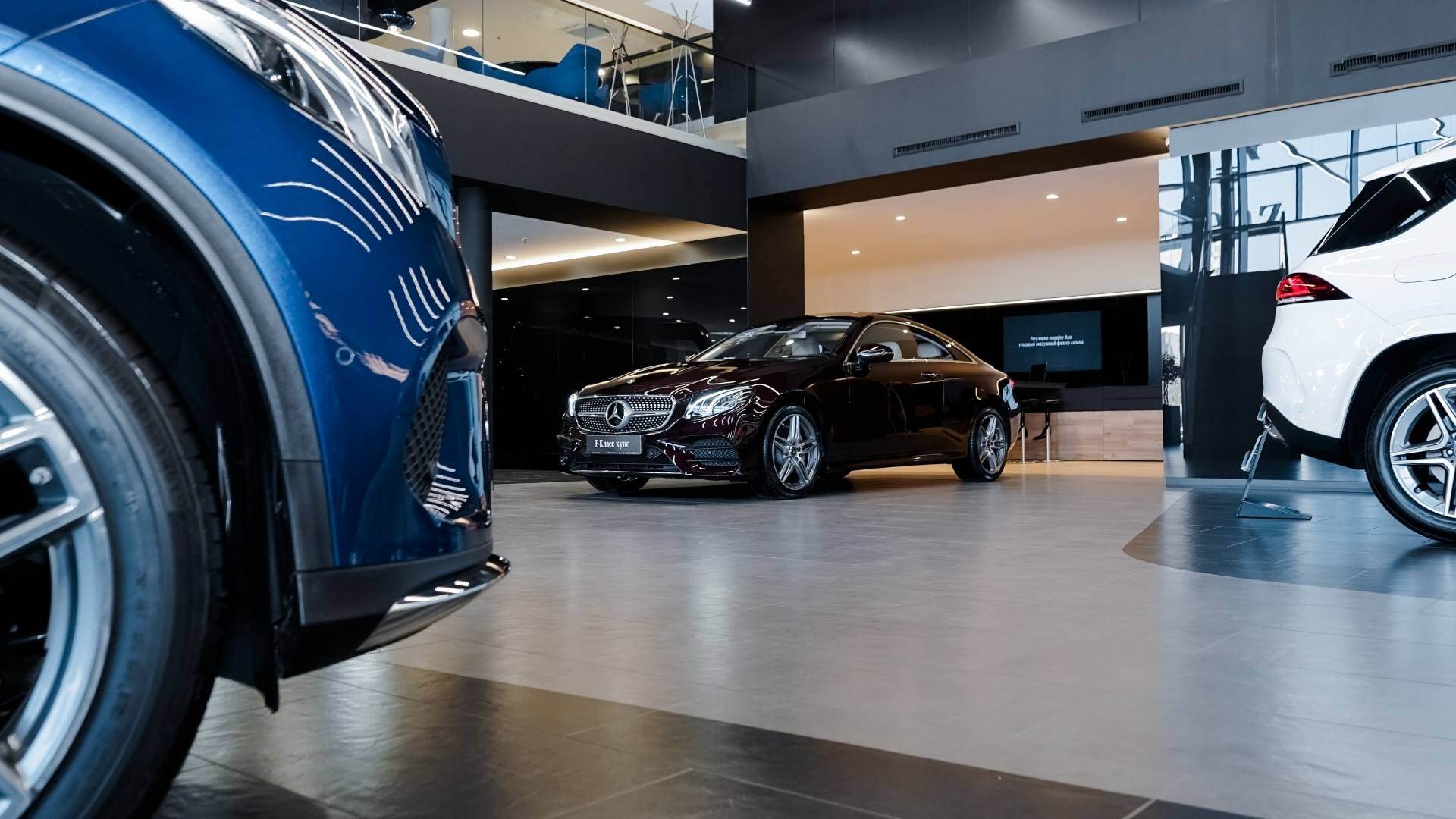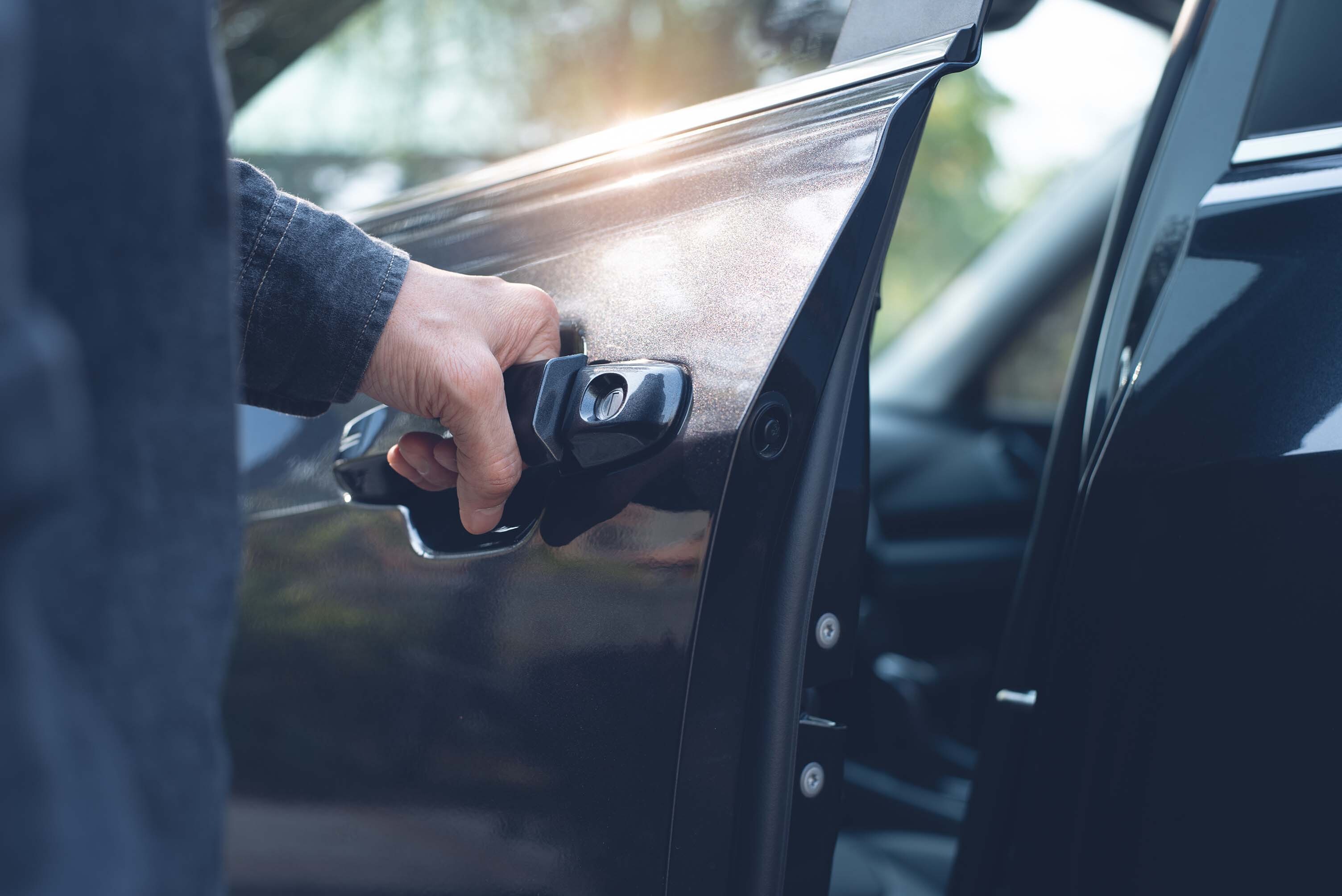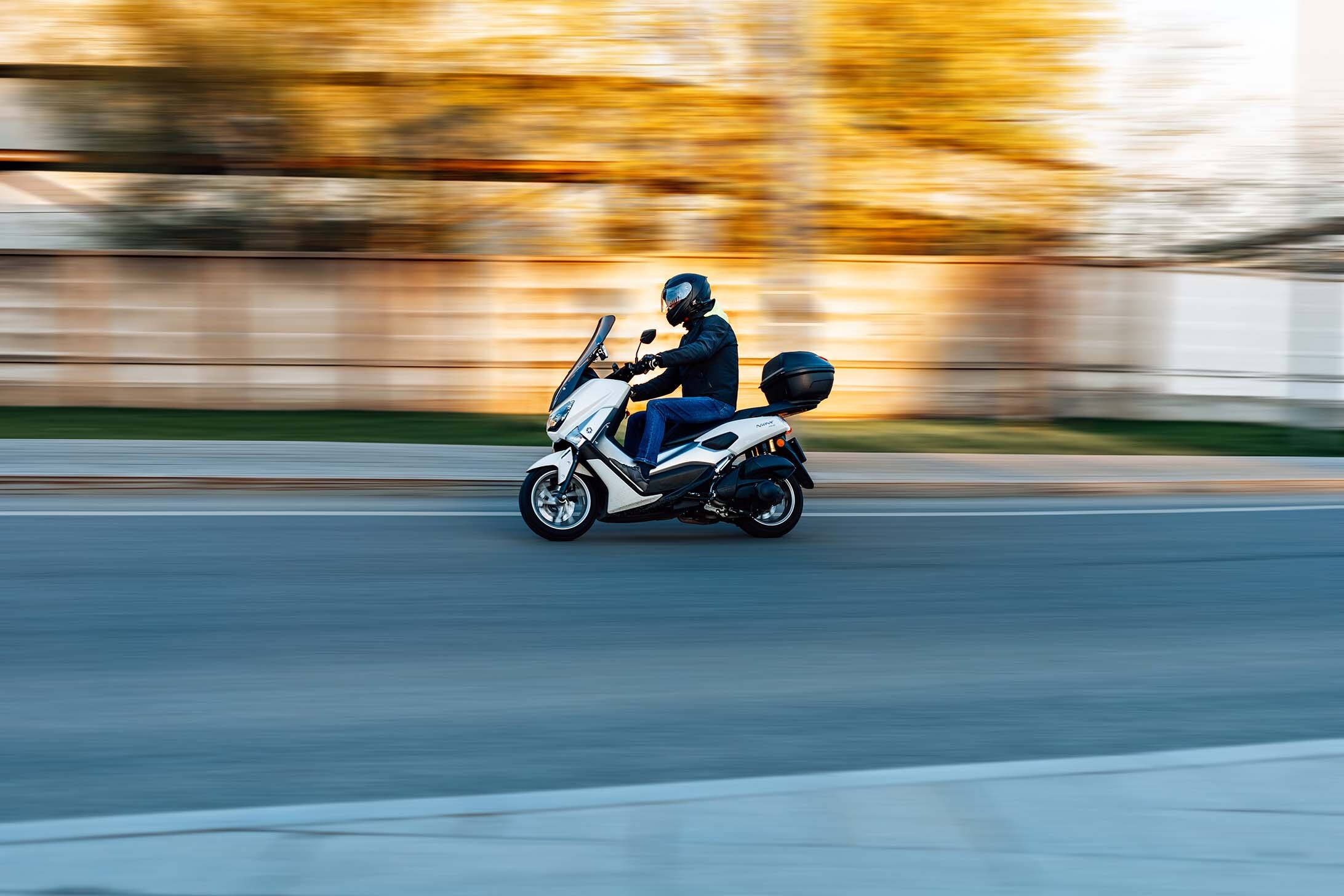If you earn your living from your car as a private hire driver, replacing it with a new one that isn’t what it appears to be is likely to be a costly mistake.
We’ve put together some pointers to help you make the right decision when replacing or buying a new vehicle.
Do your homework
Before you start to look for your new car, do your homework and narrow your search to the vehicles which meet your needs, within your price bracket. If you’re a private hire driver it’s also worth checking if you are meeting Uber’s, Lyft’s, or others’ requirements – check out our top tips for new drivers here.
Start by checking the price. The internet is a great tool to help you narrow your search and to get a feel for the market price and what you can expect to pay. Or try one of the many Facebook groups for private hire drivers and ask their opinions.
However, beware – if something appears too good to be true, it’s probably because it is. It could be that your dream car, advertised well below the price you’re expecting to pay, isn’t all that you hoped it would be. For example, it could be stolen, cloned (a stolen vehicle that has been given a seemingly legitimate identity, before being sold to an unsuspecting buyer), or has been previously written off.
You can check whether a vehicle has been reported stolen or has been recorded as an insurance write-off online, for a small fee.
Once you’ve decided to look at a car, be cautious toward meeting the seller away from their place of business – you may struggle to find them afterward, should something go wrong.
You may also want to avoid looking at the car in the dark, or when it’s raining.
Check the paperwork
If you’re buying from a private individual, start by making sure the listed keeper is selling the car from the address on the V5C.
Then check the registration and chassis numbers match those shown on the document.
You may also want to check the acquisition date on the front of the V5C is similar to the date the DVLA last issued a V5C, via their website. (https://vehicleenquiry.service.gov.uk/)
If it’s not, ask the seller about any discrepancies – If you’re not happy with what they say, this might not be the car for you.
Provided the car you’re looking at is more than 3 years old, its MOT test history can be viewed online (https://www.gov.uk/check-mot-history).
Pay attention to advisory notices as well as the mileage. These highlight issues that aren’t enough to cause an MOT failure, but which could lead to an MOT failure if they’re not addressed and could be costly to repair.
If there are lots of advisory notices on the last MOT which have not been addressed, you may want to use this to negotiate the price.
You should also inspect the car’s service book for stamps and ask the seller if they’ve kept receipts of maintenance work they’ve had done.
However, newer cars are likely to have their service records held online. The seller may have a copy of this or be able to access the record online, via the manufactures service portal. Otherwise, you may need to call the dealership that did the last service to confirm the details.
If the vehicle doesn’t have a full-service history, you may also want to reflect this in your negotiations.
Is the car ex-taxi?
There is no definitive list that tells you what cars have previously been used as professional cars. The key thing to know about purchasing an ex-taxi car is that the price might be lower than expected. Having incurred an above-average number of passengers and miles the car might have a bit more wear-and-tear.
Provided the car meets the requirements of Uber, Lyft, or any other provider you drive for an ex-taxi or standard used car can be used for private hire driving. If you want to check the previous status of your vehicle use the free checking tool here: https://www.carguide.co.uk/buy-a-car/is-my-vehicle-ex-taxi/
Check the keys
Whilst it may sound obvious, make sure all of the keys work.
If the car has proximity locking (the vehicle unlocks as the key approaches), make sure you check all keys separately.
It’s also a good idea to check the key blades inside any electronic keys match and that they manually open/start the car.
If they don’t match or don’t open the vehicle, there’s likely to be a problem.
Take a test drive
During the test drive you may want to consider:
- Does the car start okay?
- Check the temperature gauge, is the car overheating?
- Listen to the engine, does it sound okay – don’t let the seller distract you from listening to the engine by putting the radio on?
- Is the clutch point easy to find, or is it a long way up the pedal travel?
- Does the clutch slip or judder when you pull away in a higher gear?
- Are you able to easily change gears without any unusual feeling or noise from the gearbox?
- Does the steering operate smoothly and without any unusual noises?
- Does the ride feel comfortable and there are no noises from the suspension as you drive over bumps in the road?
- Do the brakes work as you would expect?
- Does the car stop in a straight line when you brake hard; are there any unusual noises when you apply the brakes?
If the car doesn’t perform as you would expect during the test drive, you could consider having the car inspected by an engineer or your mechanic.
Alternatively, you may decide it’s not for you and walk away.
Before you take it for a spin, you’ll need to make sure you have the right insurance in place. If your current insurance doesn’t cover you, consider taking out temporary insurance to allow you to legally test drive the car.
Once you’ve bought the car
Congratulations you’ve brought your new car, but don’t forget:
- Inform your insurer of the change of vehicle before you drive it.
- To inform the DVLA that you are the new keeper of the vehicle.
- Purchase the road tax.
- Take the vehicle documents out of the car and put them somewhere safe. Leaving them in the vehicle when it is stolen will make it easier for the thief to sell it on to an unsuspecting buyer.
- If the car has a keyless entry, consider buying an RFID/Faraday pouch or box to store the keys in. This should prevent the key from being cloned, to then steal the car.
- If the vehicle is linked to a manufacturer’s app (Mercedes Me, BMW Connect Drive, etc), consider renewing the subscription. These are likely to contain a tracker that will enable your car to be recovered where it to be stolen in the future.
Planning to drive as a Private Hire Driver?
If you’re going to drive for Uber or any other carrier, you need to make sure your car is suitable for private hire work. The PCO (Public Carriage Office) licence and a private hire driver licence are the essential documents you need to work for Uber and other platforms.
To drive in London, you need to apply to TfL (Transport for London), while for work outside of London you must apply to your local council. You can find more information about applying for the correct licence here.
For your car, these are the must-haves if you’re planning to work with Uber:
- Used for less than 10 years since the date of manufacture for London and year 2006 or newer for everywhere else in the UK
- Four-door car or minivan
- Good condition with no cosmetic damage
- No commercial branding
- All vehicles must be licensed to carry a minimum of four passengers
Whether you are renting, leasing or buying a car, it’s worth thinking about going with an electric model. It will help keep your running costs low and avoid London’s congestion and Ultra-Low Emission Zone (ULEZ) charges.
Uber has a full list of eligible vehicles for private hire work on its website – just type in your city to look for the local requirements.
You can read more about the benefits of driving an electric vehicle here.
At INSHUR we help professional drivers stay safe on the roads. For more tips and information to keep your motor going, check out our blog.



